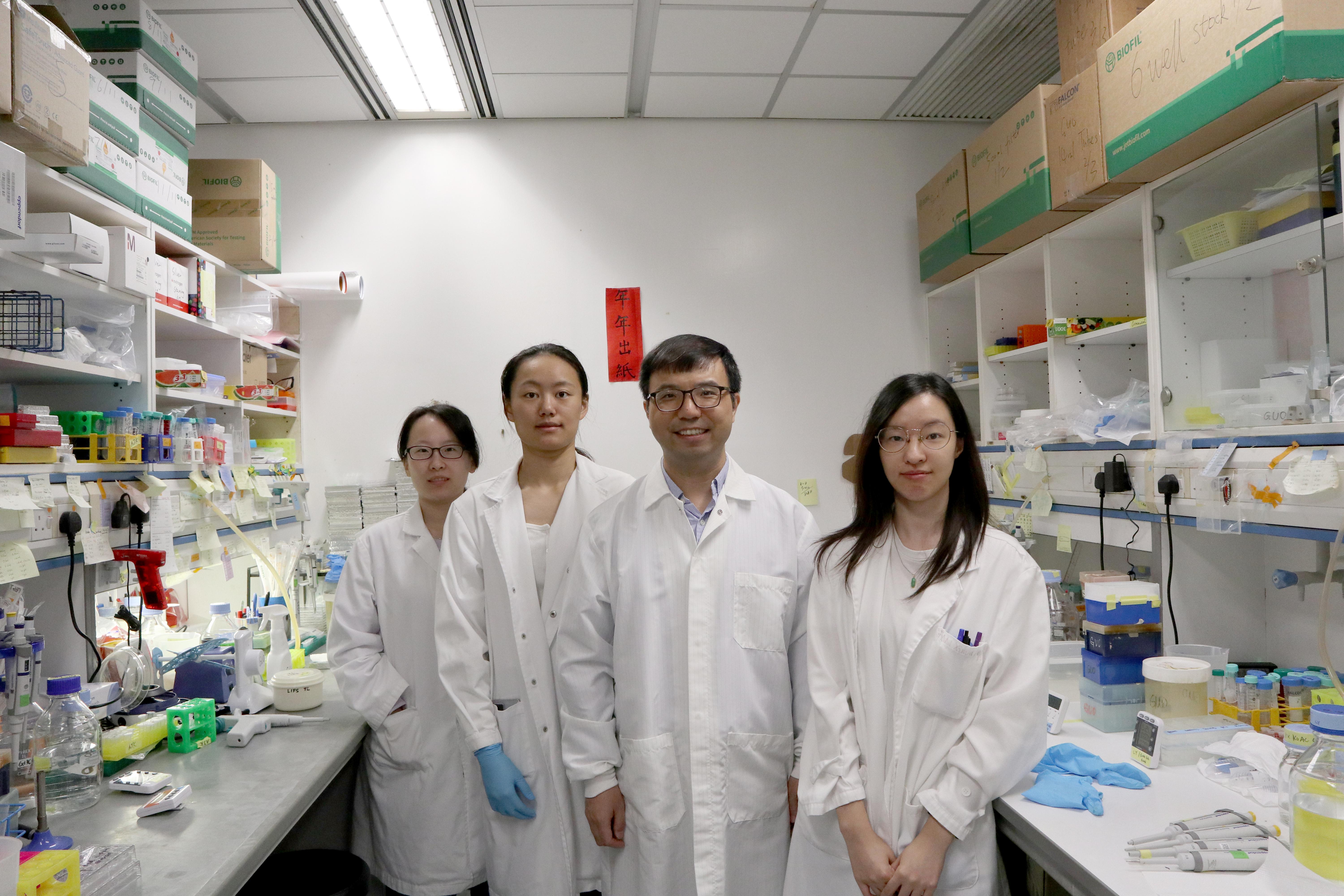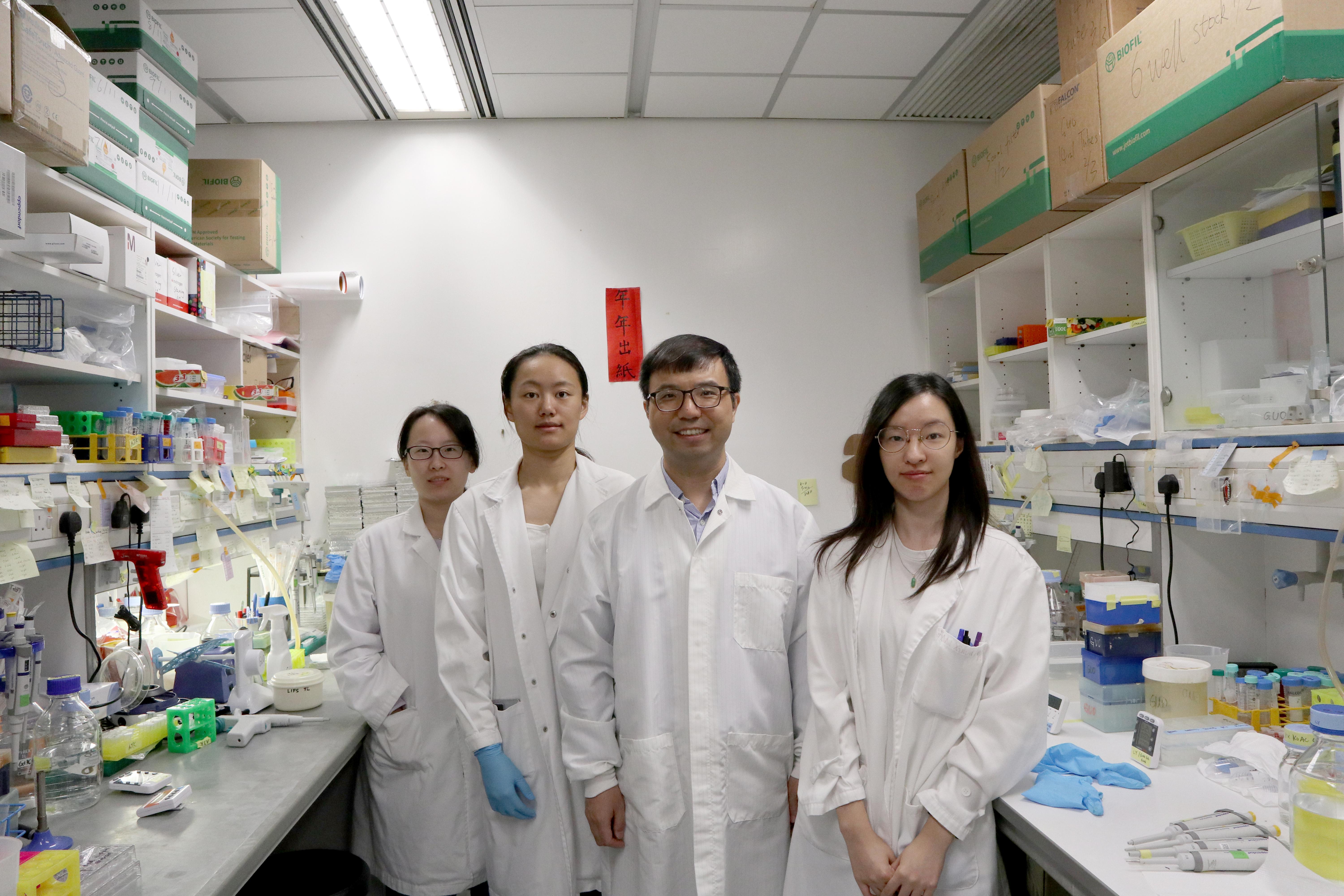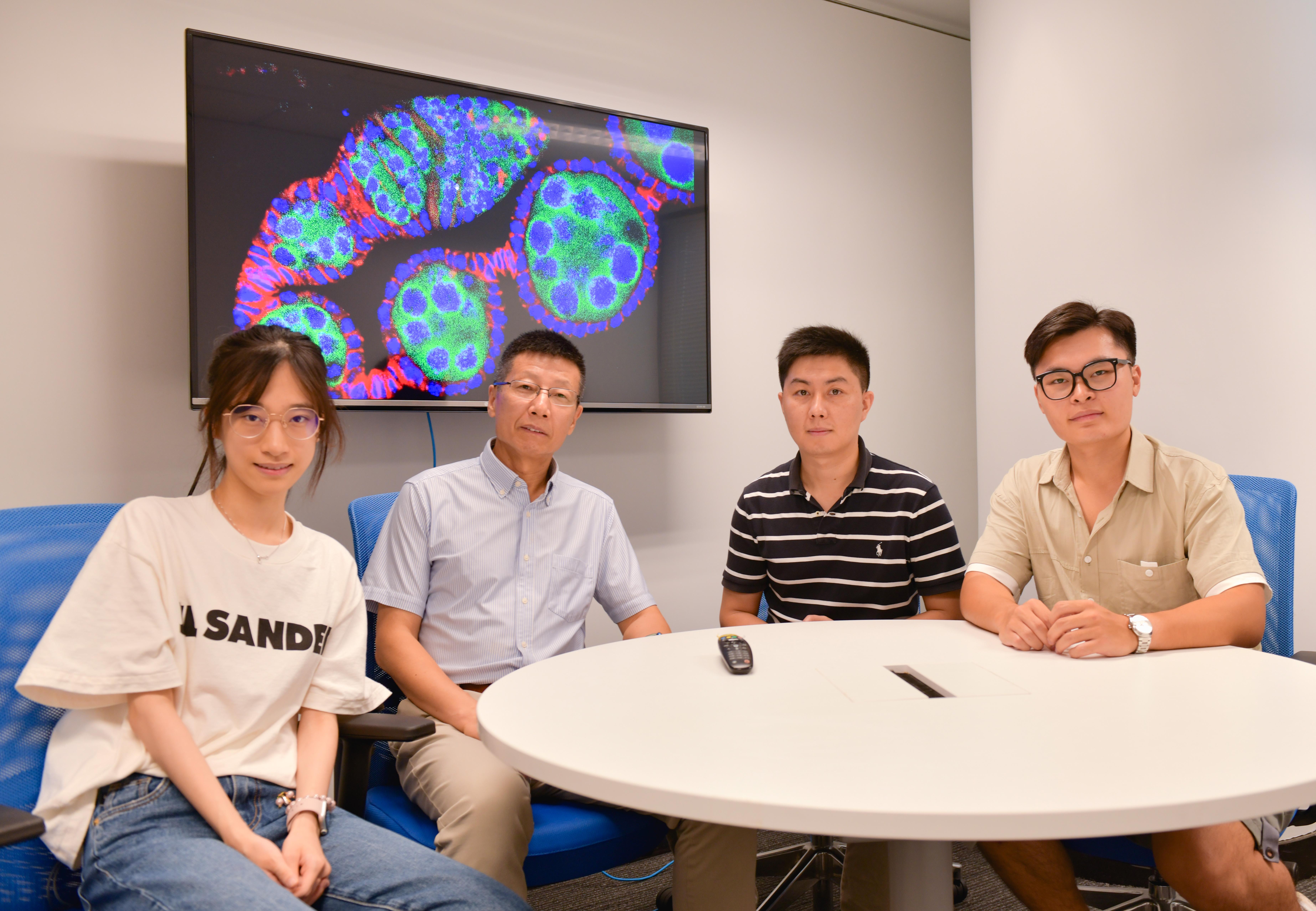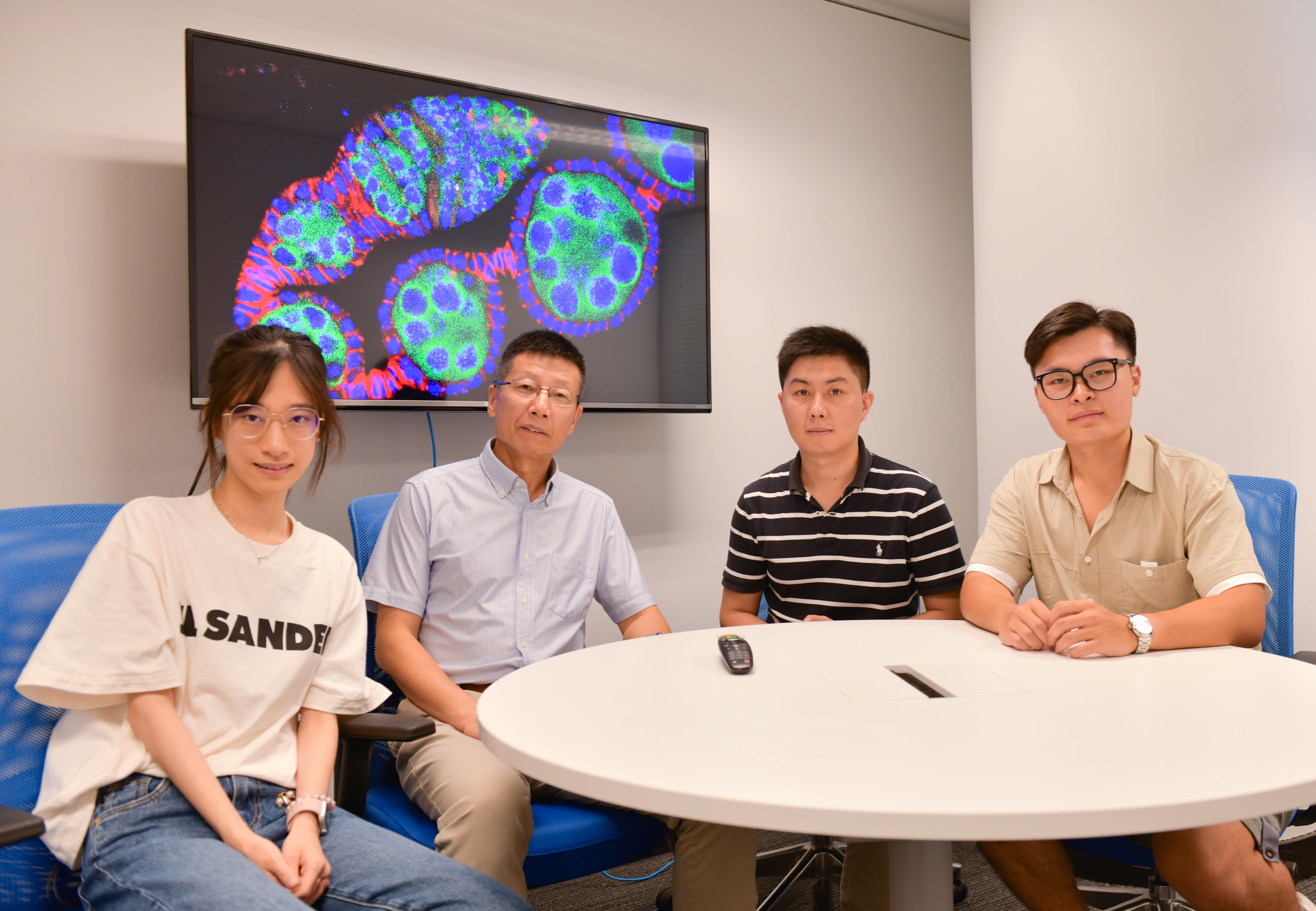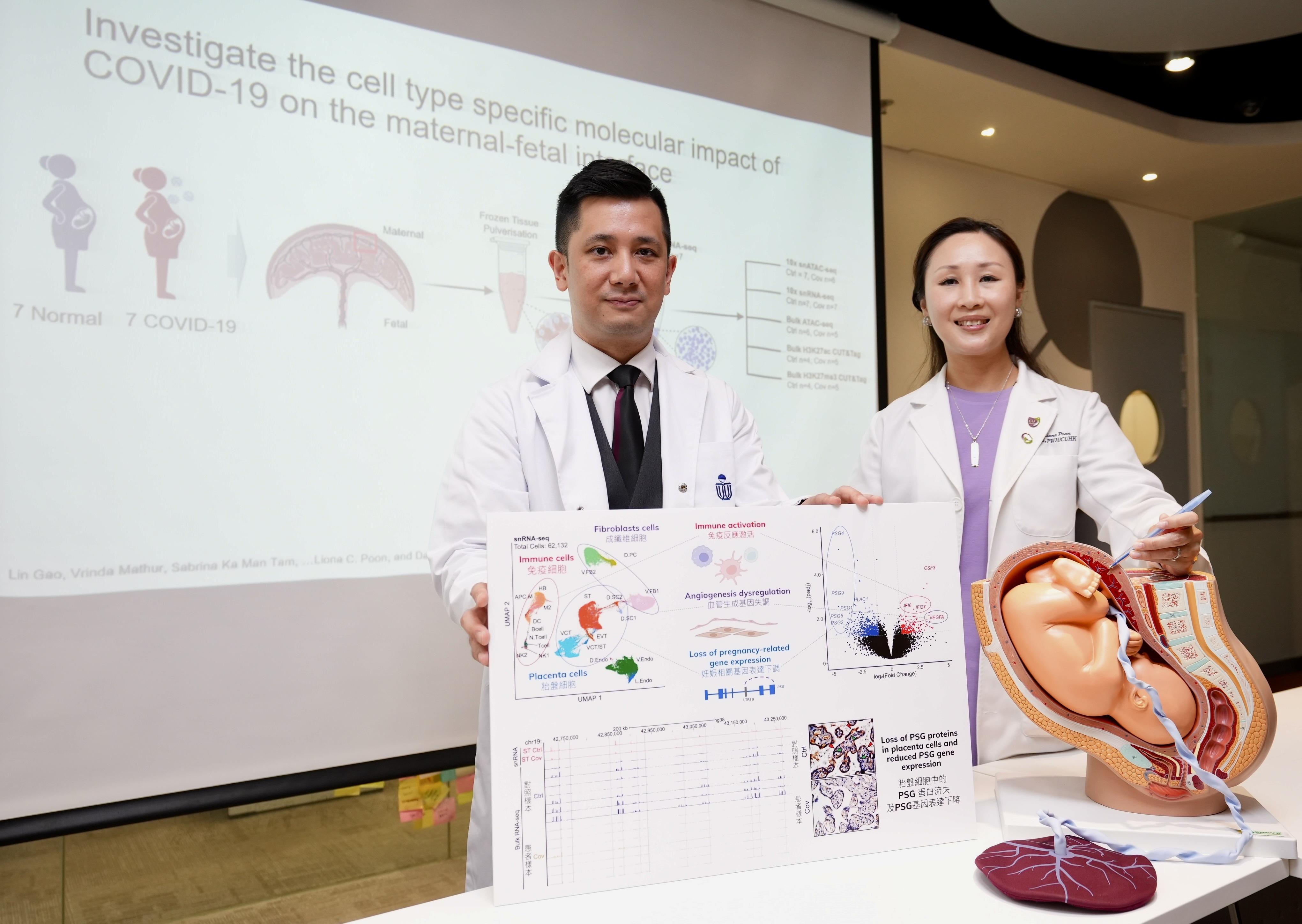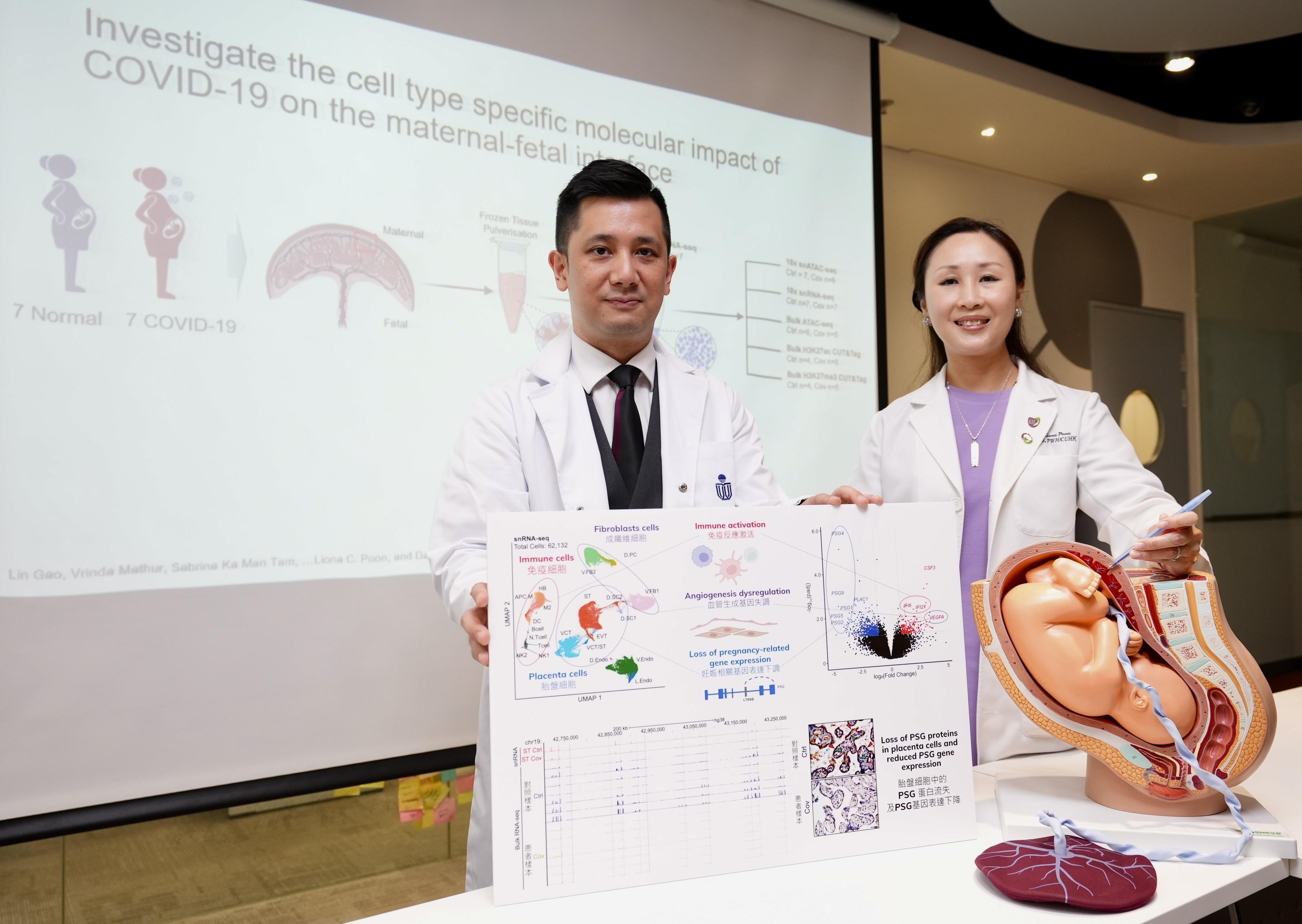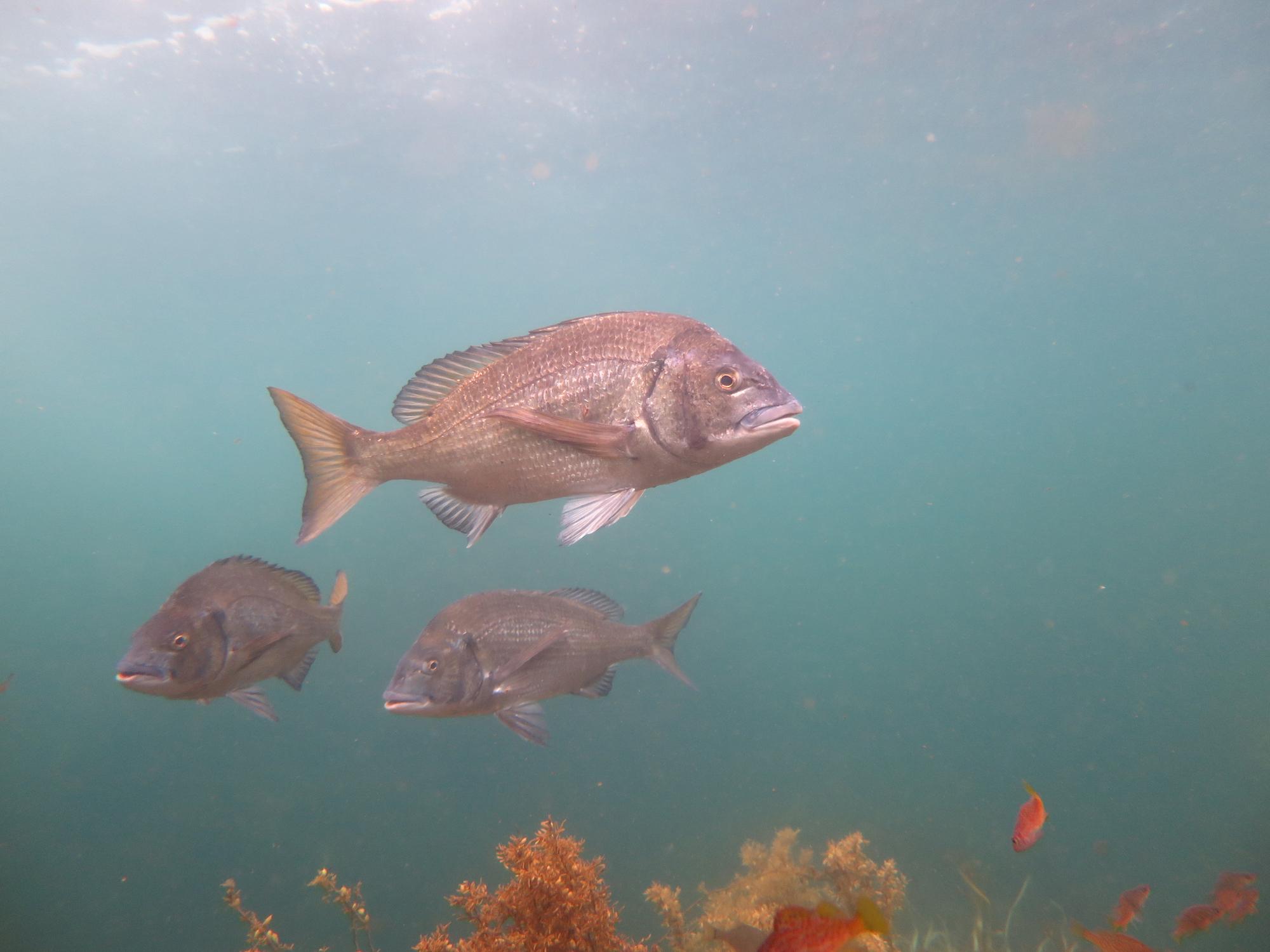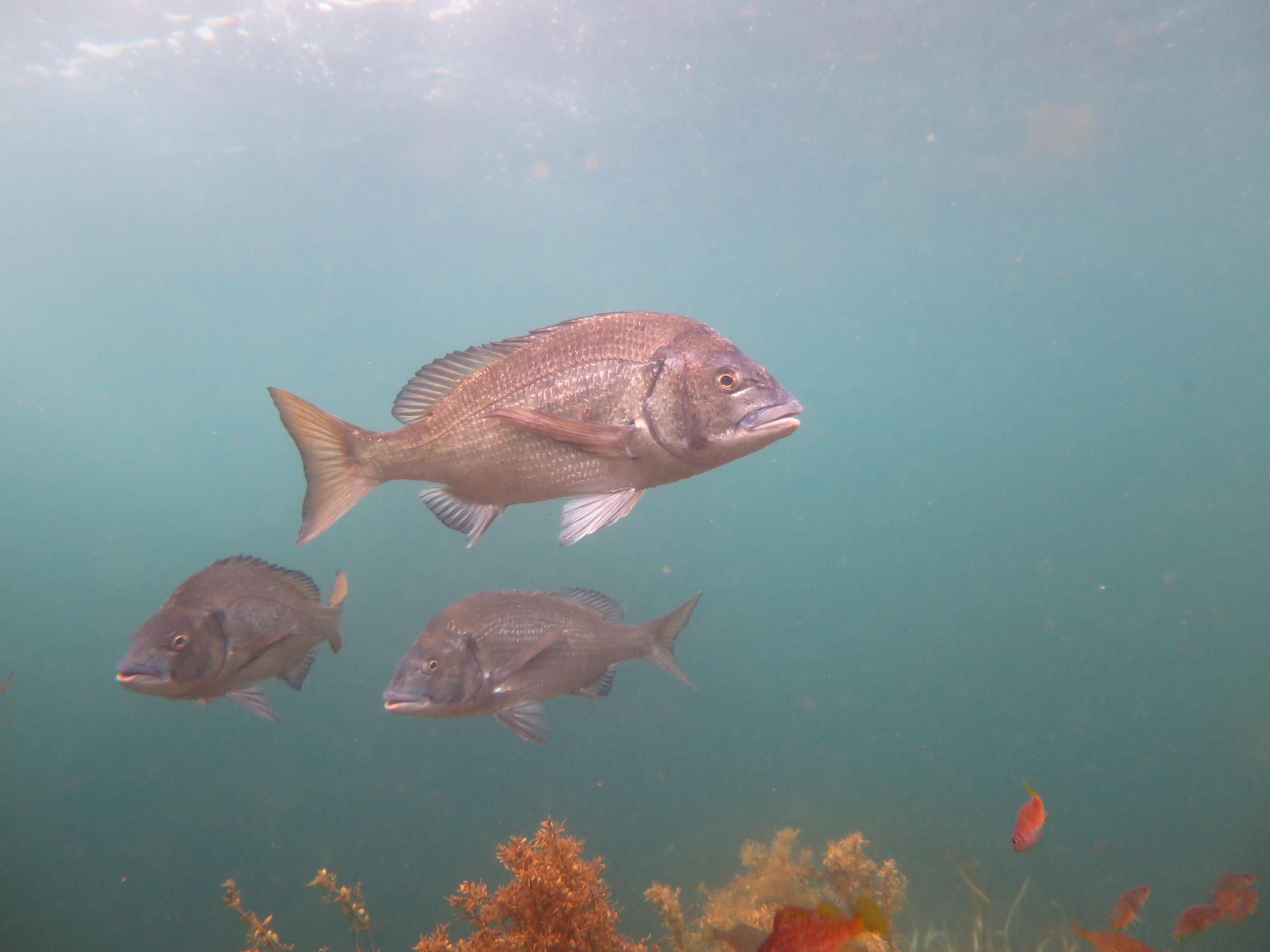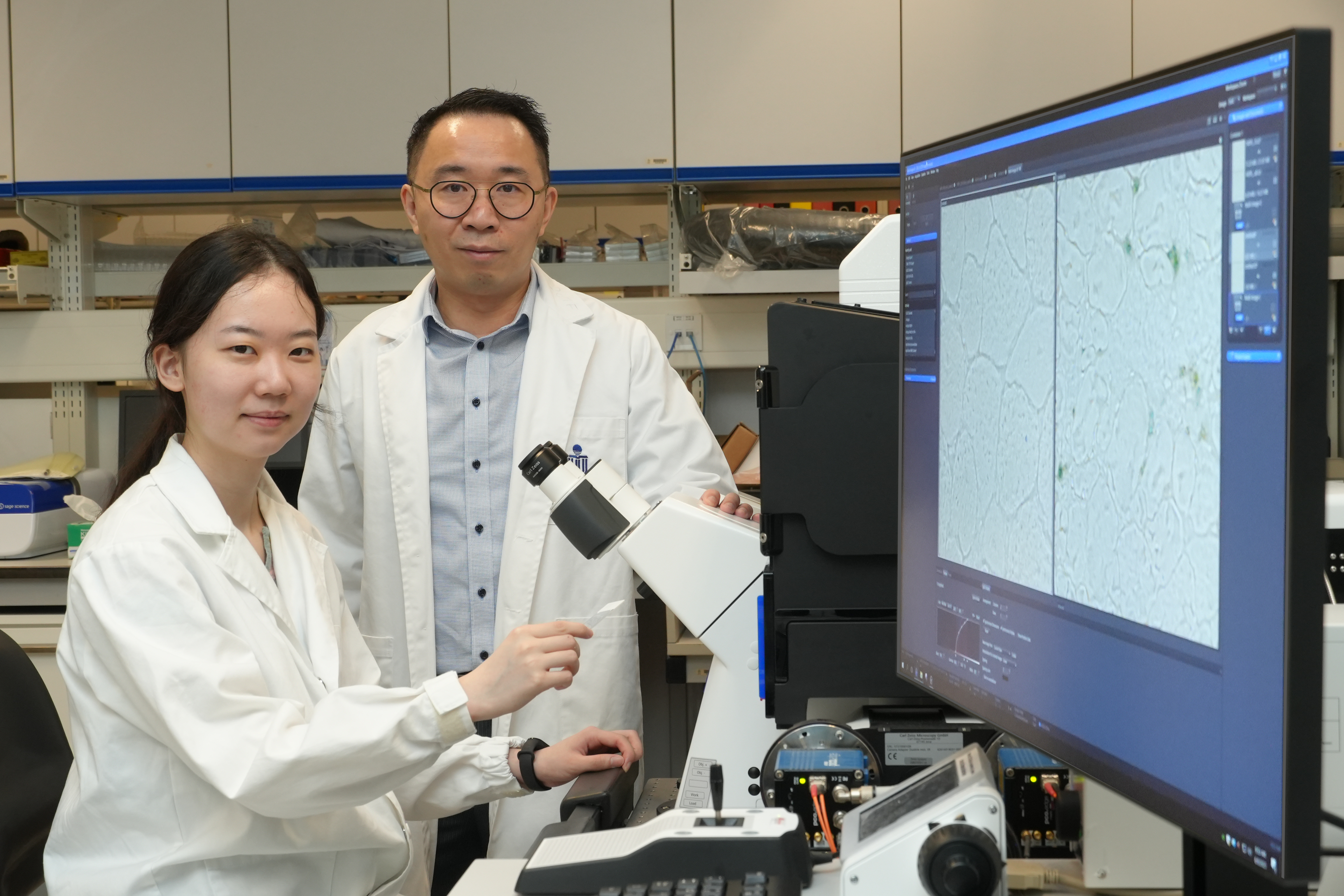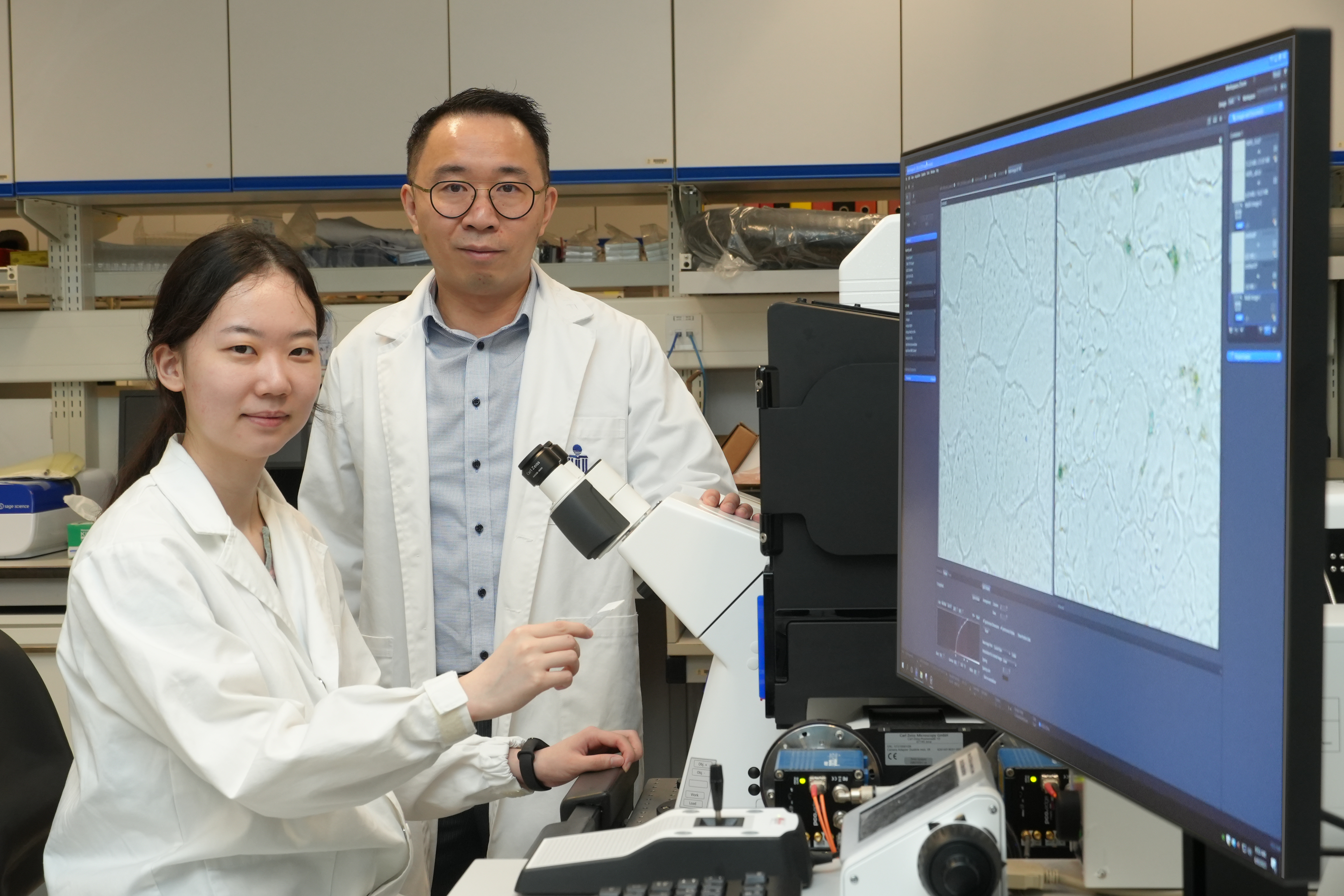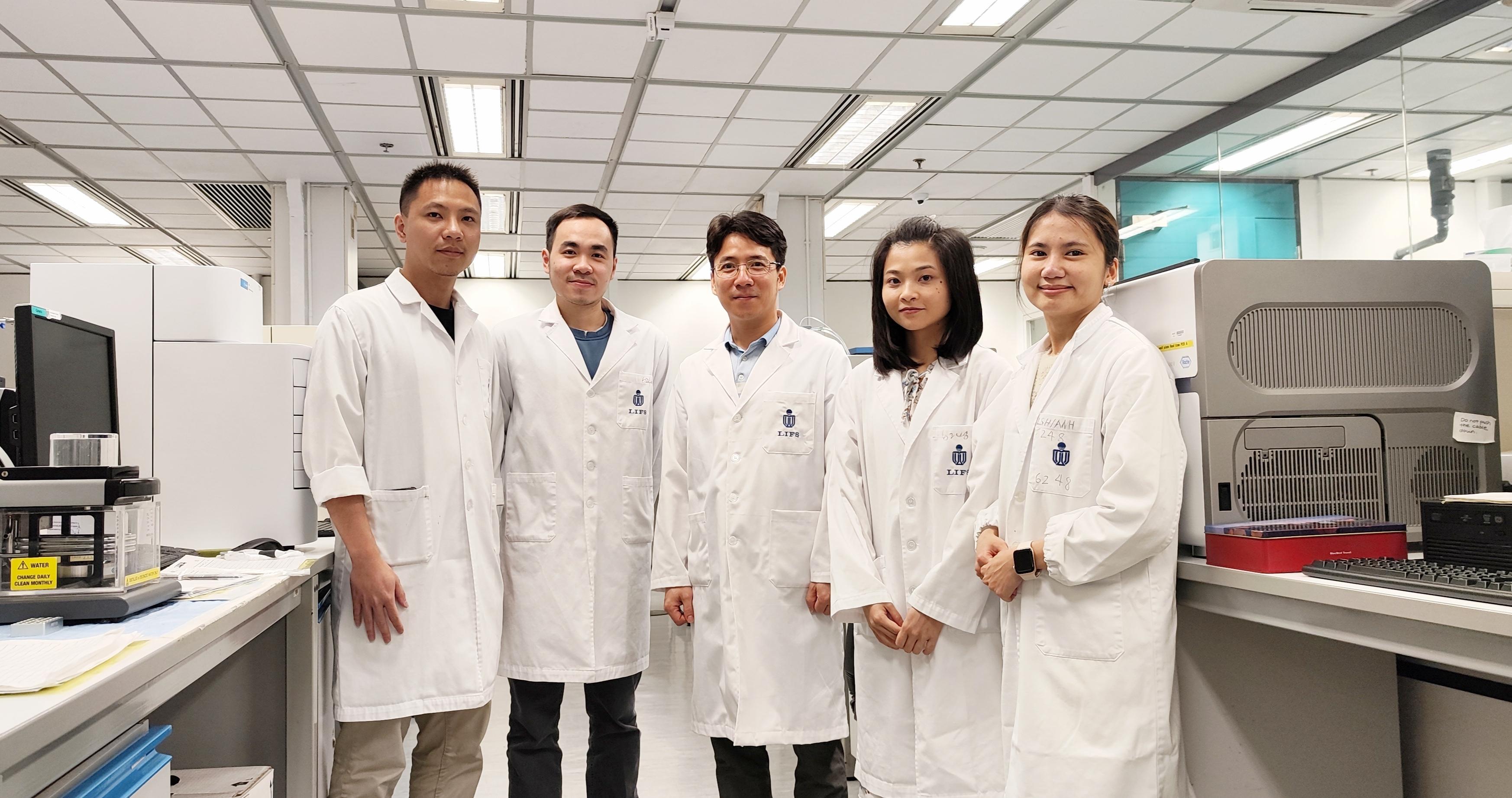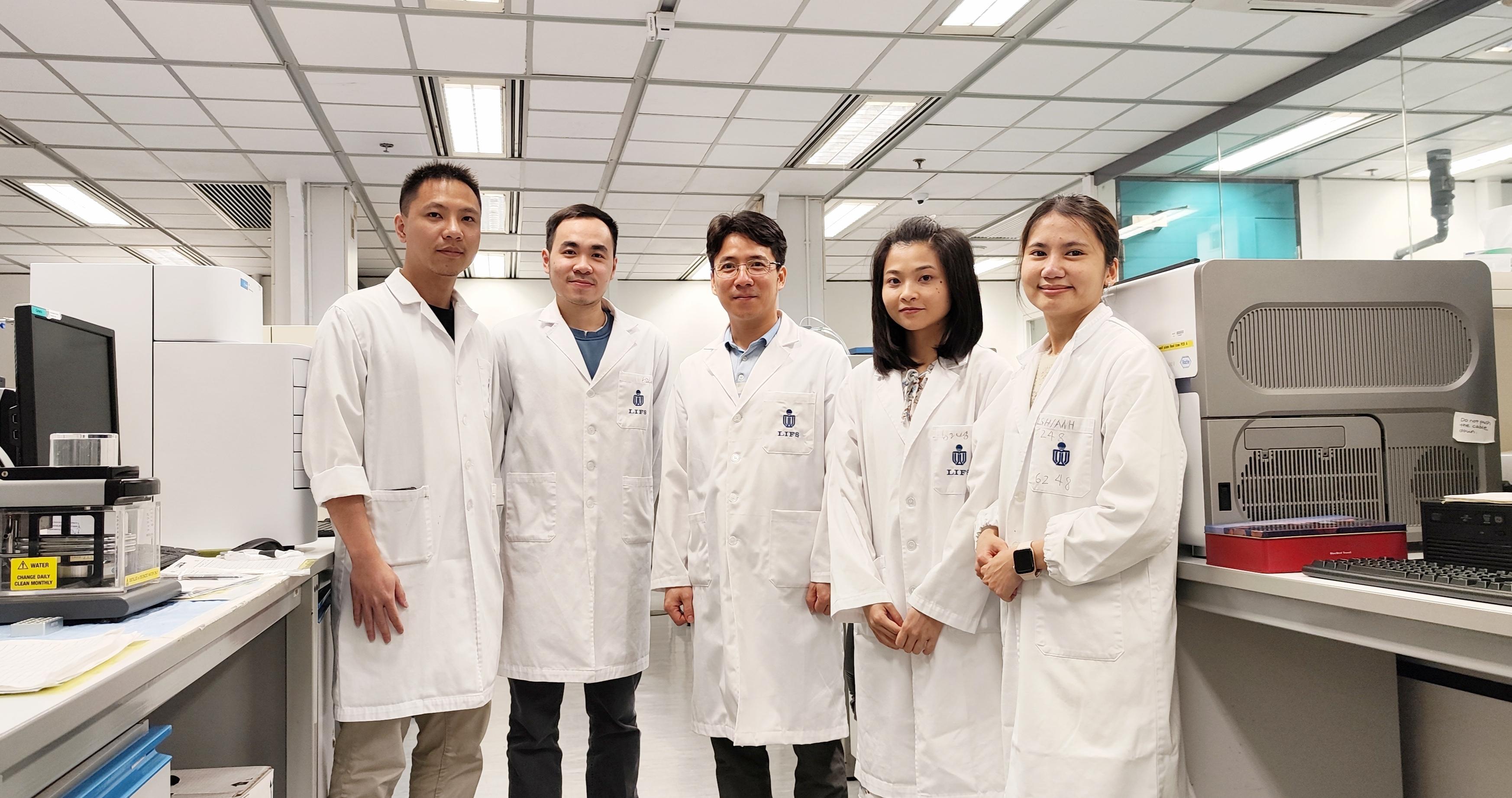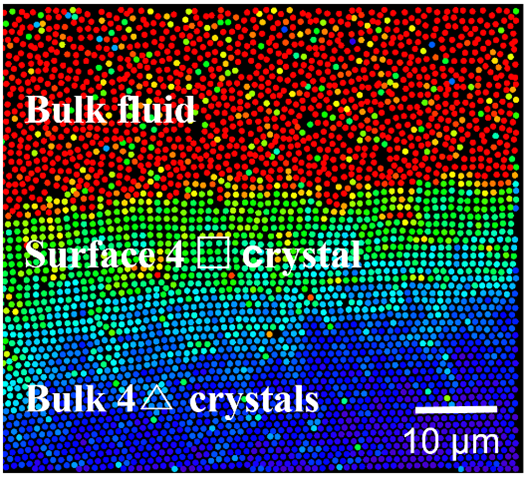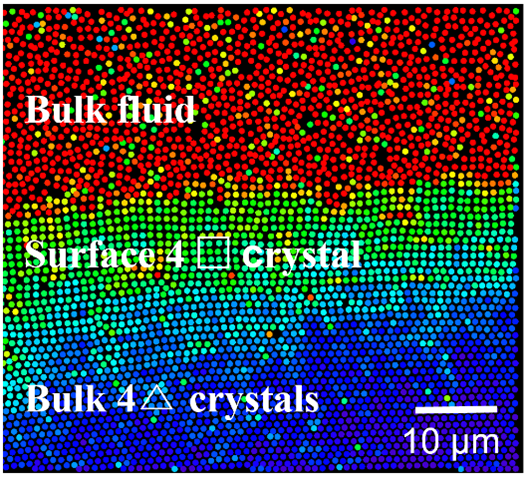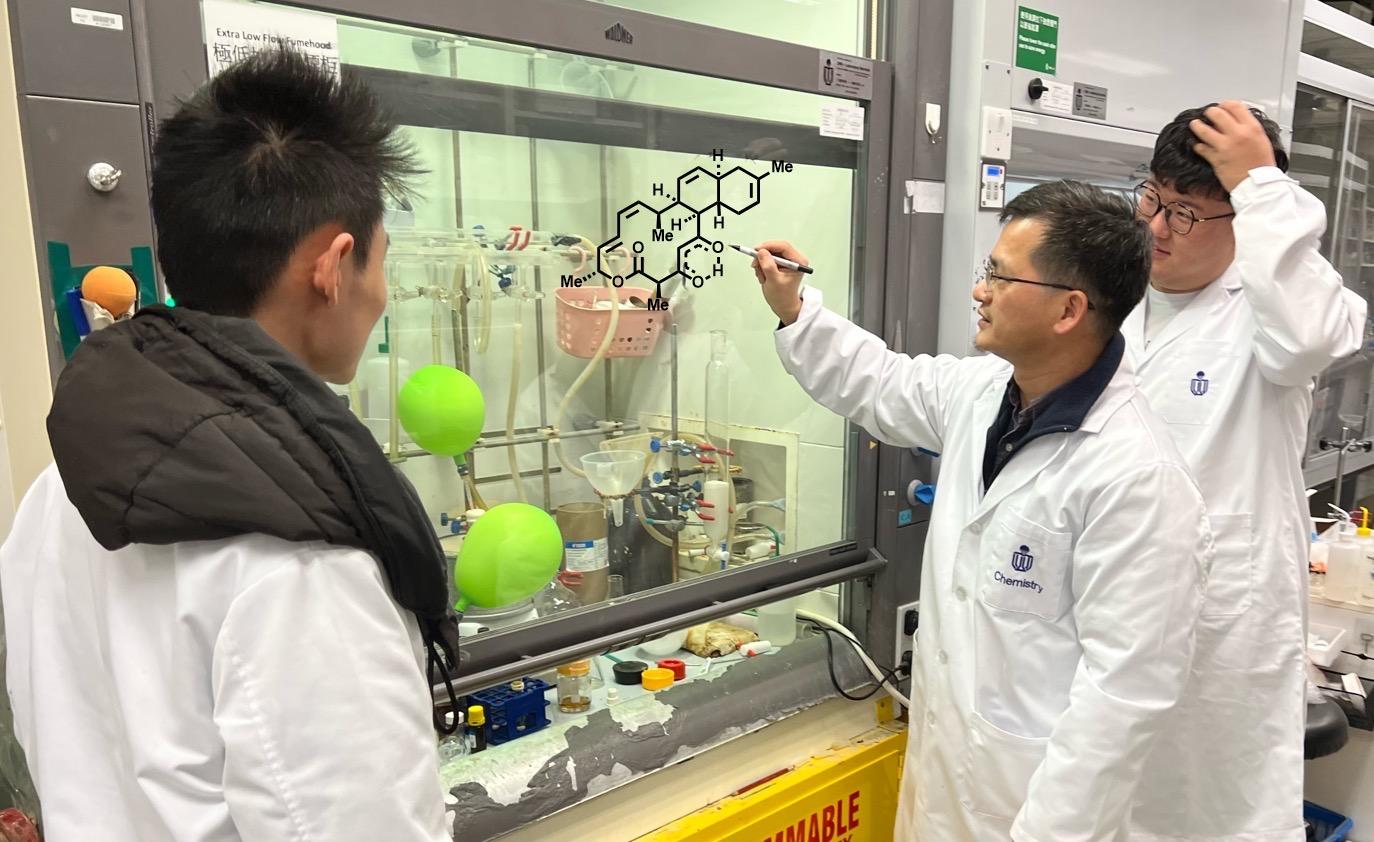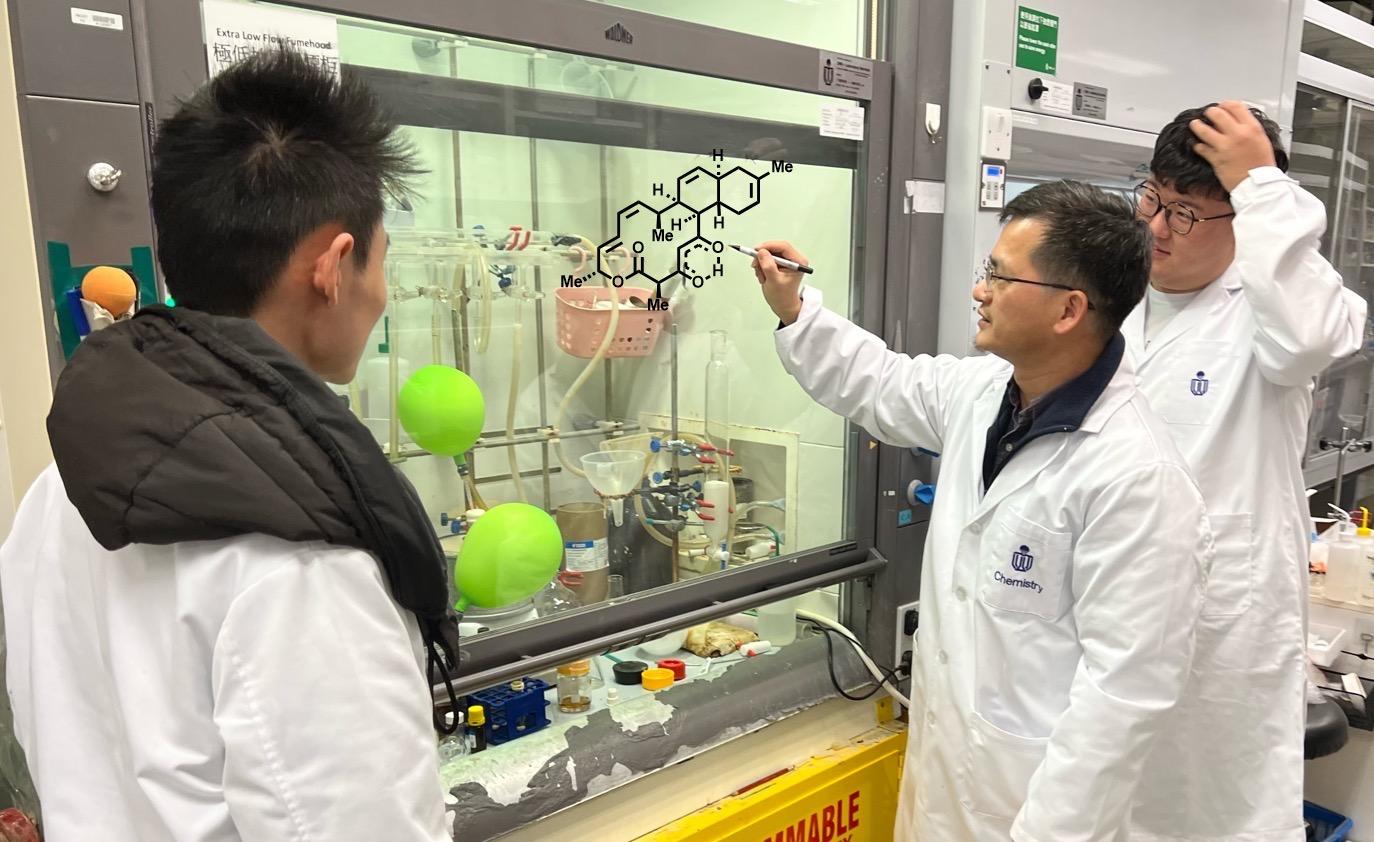Ocean Science
| 29 Dec 2025
HKUST Researchers Develop Novel Model to Unveil Deep-Sea Black Coral Symbiotic System
Ocean Science
| 22 Dec 2025
HKUST Launches World's First Deep-Sea Multi-Omics Resource Platform Empowering Global Research into Biological Adaptation in Extreme Environments
HKUST Researchers Pioneer Pathway to Mechanical Intelligence by Breaking Symmetry in Soft Composite Materials
Life Science
| 24 Oct 2025
HKUST Researchers Uncover Immune-Hot Brain Tumor Subtype with Poorer Survival and Develop AI Framework for Precise Identification
Life Science
| 23 Oct 2025
HKUST Researchers Use Vesicle Proteomics to Reveal Novel Cargo Clients and Accessory Factors for AP-1 and AP-4
